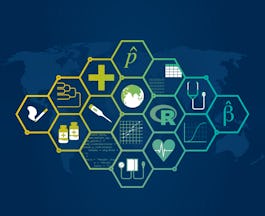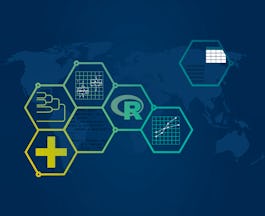Filter by
The language used throughout the course, in both instruction and assessments.
207 results for "data wrangling"

University of Colorado System
Skills you'll gain: Software Engineering, Agile Software Development, Business Analysis, Business Process Management, Customer Analysis, Process Analysis, Extract, Transform, Load, Interactive Data Visualization, Planning, Software-Defined Networking

University of Michigan
Skills you'll gain: Data Analysis, Data Visualization, Exploratory Data Analysis, Statistical Analysis

University of Michigan
Skills you'll gain: Data Visualization, Exploratory Data Analysis
Searches related to data wrangling
In summary, here are 10 of our most popular data wrangling courses
- Requirements Elicitation: Artifact and Stakeholder Analysis: University of Colorado System
- Data Science for Health Research: University of Michigan
- Arranging and Visualizing Data in R: University of Michigan










